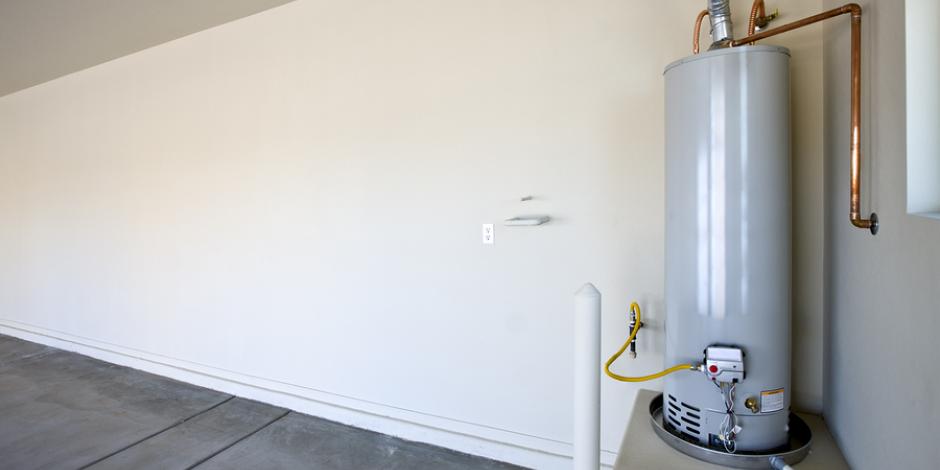Easy Ways to Maintain Your Home's Hot Water System Properly
Easy Ways to Maintain Your Home's Hot Water System Properly
Blog Article
In this article in the next paragraphs you can get some outstanding ideas about How to Maintain Your Water Heater & Prolong its Life.

Hot water is vital for everyday convenience, whether it's for a rejuvenating shower or washing recipes. To guarantee your hot water system runs efficiently and lasts much longer, routine upkeep is crucial. This write-up supplies functional ideas and insights on just how to preserve your home's warm water system to avoid interruptions and expensive fixings.
Intro
Preserving your home's hot water system may seem challenging, but with a couple of easy actions, you can guarantee it runs smoothly for years ahead. This guide covers whatever from recognizing your warm water system to DIY upkeep tips and recognizing when to contact professional aid.
Value of Preserving Your Hot Water System
Routine upkeep not just prolongs the life expectancy of your warm water system but additionally ensures it runs effectively. Neglecting maintenance can bring about lowered performance, higher energy expenses, and even early failure of the system.
Indications Your Hot Water System Needs Upkeep
Knowing when your warm water system requires focus can prevent significant concerns. Watch out for indications such as irregular water temperature, unusual noises from the heating unit, or rusty water.
Understanding Your Hot Water System
Prior to diving right into maintenance jobs, it's useful to recognize the standard components of your warm water system. Usually, this includes the hot water heater itself, pipes, anode poles, and temperature controls.
Regular Monthly Upkeep Tasks
Normal monthly checks can help capture minor concerns before they rise.
Flushing the Water Heater
Flushing your hot water heater removes sediment build-up, improving performance and lengthening its life.
Checking and Replacing Anode Rods
Anode poles avoid rust inside the tank. Examining and changing them when worn out is critical.
Inspecting and Adjusting Temperature Setups
Readjusting the temperature setups ensures optimum performance and safety.
DIY Tips for Maintenance
You can perform a number of upkeep tasks on your own to keep your hot water system in leading condition.
Checking for Leakages
On a regular basis evaluate pipelines and connections for leakages, as these can bring about water damages and higher costs.
Testing Stress Relief Valves
Testing the pressure relief valve guarantees it operates appropriately and prevents excessive stress build-up.
Shielding Pipelines
Shielding warm water pipelines lowers warmth loss and can conserve power.
When to Call a Professional
While DIY maintenance is advantageous, some issues require professional knowledge.
Complicated Problems Requiring Professional Aid
Instances include significant leaks, electrical problems, or if your hot water heater is regularly underperforming.
Routine Specialist Upkeep Perks
Specialist upkeep can consist of complete assessments, tune-ups, and making certain conformity with safety standards.
Final thought
Regular maintenance of your home's hot water system is important for performance, longevity, and cost financial savings. By complying with these tips and understanding when to seek professional assistance, you can guarantee a trustworthy supply of hot water without unexpected disruptions.
Water Heater Maintenance Tips
Test the TPR Valve
Shut off the power and the cold-water supply valve. Place a bucket under the pipe connected to the temperature-pressure-release (TPR) valve on the top or side of the tank. (This valve opens if the tank pressure gets too high.) Lift the valve’s tab to let some water out, then let go. If water keeps flowing, drain the tank partway, unscrew the old valve with a pipe wrench, and install a new one. Check the Anode Rod
Put a hose to the tank’s drain cock and let out a few gallons of water. Now fit a 1 1/16-inch socket onto the rod’s hex head on top of the heater (or under its top plate) and unscrew the rod. If it’s less than ½ inch thick or coated with calcium, buy a new one, wrap its threads with Teflon tape, put it back in the tank, and tighten securely. Use this segmented rod if headroom above the tank is limited. Drain the Tank and Wash Out Sediment
Drain the remaining water in the tank into the bucket, then stir up the sediment on the tank’s bottom by briefly opening the cold-water supply valve. Drain and repeat until clean water comes out of the hose. Close the drain cock, refill the tank, and turn its power back on. Adjust the Temperature
Find the temperature dial on the side of the tank and unscrew its cover. Adjust the dial to 120 degrees using a flathead screwdriver. For every 10 degrees the temperature is lowered, you can expect to save up to 5 percent in energy costs. Turn the water heater off or the thermostat down to its lowest setting if you plan to be away from home for more than three days. Insulate the Pipes
Buy some self-sticking 3/8-inch-thick foam pipe insulation that matches the pipes’ diameter. Slide the foam over the hot-and cold-water pipes as far as you can reach. Insulating the cold-water pipe prevents condensation in summer. Peel the tape and squeeze the insulation closed. If the pipe is 6 inches or less from the flue, cover it with 1-inch-thick unfaced fiberglass pipe wrap. https://www.thisoldhouse.com/plumbing/21016402/how-to-maintain-a-water-heater

As a devoted reader about Tips on Maintaining a Water Heater, I imagined sharing that piece of content was a great idea. In case you liked our page if you please remember to pass it around. Thanks a bunch for your time. Kindly come visit our website back soon.
Booking Page Report this page